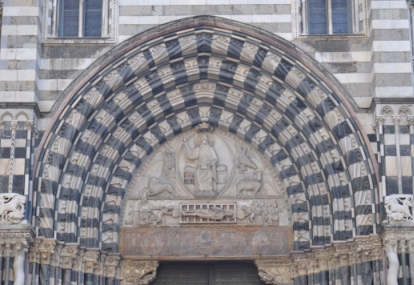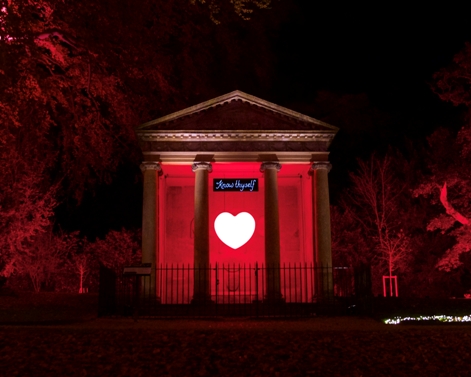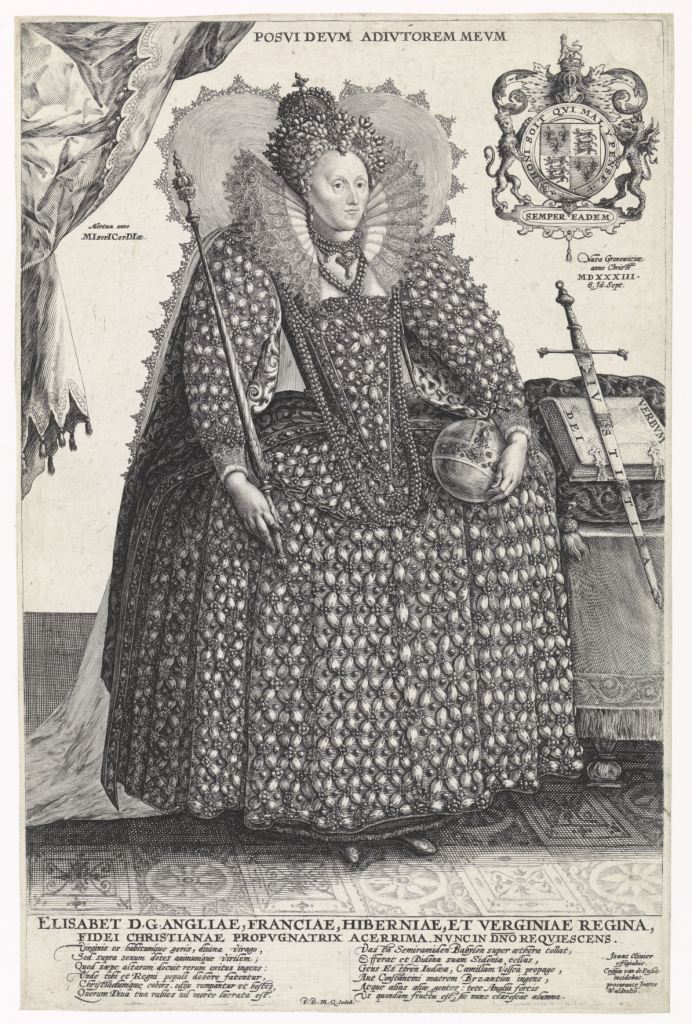Early Modern Circle 2020

(Photograph: Andrew Stephenson)
Programme for 2020
24 February
Professor Evelyn Welch, Kings College London
Renaissance Wrinkles
In this talk, Evelyn Welch will discuss how something as simple as a wrinkle can lead to a deeper understanding of contemporary conceptions of the Renaissance body. Aging in early modern Europe meant losing your natural heat. As you got colder and drier, your flesh shrank and your skin sagged. This was as true of bark and apple peel as it was of men and women. But because aging was both universal and inevitable, its impact on the skin made ordinary Europeans into extraordinary everyday natural scientists. Wrinkles encouraged insights into how changes that occurred inside the body could be seen on its surfaces and complicates our understanding of their depiction in Renaissance art and material culture.
Professor Evelyn Welch is Provost and Senior Vice President for Arts & Sciences at King's College London. A graduate of Harvard and of the Warburg Institute, she has taught at the Universities of Essex, Birkbeck, Sussex (where she was the PVC Teaching & Learning) and Queen Mary, University of London, where she served as Dean of Arts and then as Vice-Principal for Research and International Affairs. She has led a range of major research programmes including The Material Renaissance (funded by the AHRC and the Getty Foundation), and Beyond Text: Performances, Sounds, Images, Objects (an AHRC strategic research programme 2005-2012). She now leads the Wellcome Trust funded research project, Renaissance Skin.
16 March - Cancelled
Dr Darius von Güttner, University of Melbourne
“Born to rule men” - Bona Sforza, Queen of Poland
Bona (1494–1557) was the Sforza heir to the throne of Milan and Queen of Poland. She was a key figure in the politics and economic life of early modern Europe, an economic innovator and reformer, art and architectural patron. Significant extant source base about Bona’s activities allows for investigation into and interpretation of her actions as an agent of change. This paper will explore the life of one of the most important women in Italian and Central European politics during the sixteenth century who left a legacy of innovation and economic reform in her adopted country, Poland. I will examine Bona’s contribution to economic innovation to draw conclusions which will contribute to broadening of our understanding of the relationship between gender, economic innovation, authority and power.
Dr Darius von Güttner-Sporzyński is a Principal Honorary Research fellow in History at the University of Melbourne and a Fellow of the UK Royal Historical Society. He holds a visiting professorship in History at the Adam Mickiewiez University in Poznań. His research and teaching concentrate on cultural aspects of religious warfare, transmission of ideas and identity. His research and teaching also examine history from a global perspective. He is interested in aspects of world history which have drawn people together and the diversity of human experience. Darius is the author of Poland, Holy War, and the Piast Monarchy, 1100-1230 (Brepols, 2014) and the editor of Writing History in Medieval Poland (Brepols, 2017).
20 April - Cancelled
Dr Finola Finn, Durham University
Translating Historical Research into New Mediums: Making and Reflecting on ‘Know thyself’
How can early modern ideas, emotions and experiences be communicated effectively to wide, present-day audiences? As a historian, what are the benefits, and methodological implications, of translating research into the new medium of an art installation? This paper will consider these questions through the case study of my piece ‘Know thyself’, which was originally commissioned by the UK’s largest light festival, Lumiere, as part of their BRILLIANT scheme in 2017. Drawing on seventeenth-century imagery and beliefs, the installation asks whether our sense of self lies in the heart, head, or not in the body at all. Tracing my steps from research to concept to execution, this paper will reflect on the potential for installations to convey historical ideas, crystallise complex shifts and bring our research to bear on contemporary audiences’ understandings of themselves and the world around them.

Finola Finn is an Honorary Research Fellow in History at Durham University, where she recently completed a PhD on melancholy and embodiment in nonconformist religious experience in England (1640-1700). She is currently co-developing a project on grief in the early modern period, in which she plans to continue to pursue the use of contemporary art in disseminating her research. Her installation, ‘Know thyself’, is now part of Durham University’s art collection and was most recently exhibited in the grounds of Blenheim Palace by Culture Creative in 2019-20.
18 May - Cancelled
Dr Charlotte Millar, University of Melbourne
Urban Ghosts: Space and Spectral Narratives in Early Modern London
17 August
Dr Sarah Bendall, University of Melbourne
“Ffor whalebones to it”: The Baleen Trade and Fashion in Early Modern Europe
During the sixteenth century the bodies of Europe’s elites began to change in size and form as men and women adopted wide starched ruffs and collars, ballooning sleeves, stiffened or bombast upper garments and puffy lower garments. Such a structured silhouette set the tone for centuries of fashion and was the result of changing artistic aesthetics, the refinement of tailoring techniques, and, most importantly as this talk argues, the initiation of large-scale European whaling.
While the desire for whale blubber that was rendered into oil and used in soap was a key motivator for whaling, European whalers also brought back baleen - keratinous plates from the mouth of baleen whales – in increasingly large quantities. Known as whale-fin or whalebone in early modern English, baleen was valued for its strength and malleability, and these properties made this natural material popular in clothing manufacturing. This talk examines the emergence of “whalebone” in the wardrobes of North-Western European elites to argue that fashion and whaling have been inextricably tied since at least the sixteenth century.

Sarah is a McKenzie Fellow in History specialising in the dress and material culture of England, Scotland and France between 1500-1800. Her research explores gendered and embodied experiences, as well as histories of production and consumption, and material ecologies. Her current research focuses on the use of baleen ("whalebone") in early modern fashion and decorative arts.
21 September
Dr Matthew Champion, Australian Catholic University
The Sands of Time: Histories of the Medieval and Early Modern Hourglass
Sandglasses were part of the variegated ecology of time measurement in the premodern world. This was a world attentive to time, where knowledge of the temporal rhythms of the environment reached from the movements of the stars to the fall of granules of lead. Among human-made instruments for time measurement, the sandglass was one of the most useful and accurate. Yet they remain little understood. Rarely displayed, sandglasses sit silent in the cupboards of collections across the world. In this paper I will seek out some of the possible histories of the sandglass asking after their manufacture, materials, and deployment from the mid fourteenth to the mid sixteenth centuries.

Image: Early modern sandglass, Germanisches Nationalmuseum, Nuremberg
After posts in Cambridge and London, Matthew Champion returned to Melbourne in 2020 to take up a Senior Research Fellowship in Medieval and Early Modern Studies at Australian Catholic University. He is the author of The Fullness of Time: Temporalities of the Fifteenth-Century Low Countries (Chicago, 2017), which was awarded the Royal Historical Society's 2018 Gladstone Prize. He is currently working on a sonic history of time, The Music of the Clock, which forms part of a wider ARC-funded DECRA project 'The Sounds of Time, 1300–1600'.
19 October
Dr Darius von Guttner, University of Melbourne
Born to Rule: Bona Sforza Queen of Poland
Bona (1494–1557) was the Sforza heir to the throne of Milan and Queen of Poland. She was a key figure in the politics and economic life of early modern Europe, an economic innovator and reformer, art and architectural patron. Significant extant source base about Bona’s activities allows for investigation into and interpretation of her actions as an agent of change. This paper will explore the life of one of the most important women in Italian and Central European politics during the sixteenth century who left a legacy of innovation and economic reform in her adopted country, Poland. I will examine Bona’s contribution to economic innovation to draw conclusions which will contribute to broadening of our understanding of the relationship between gender, economic innovation, authority and power.
Dr Darius von Güttner-Sporzyński is a Principal Research Fellow (Honorary), School of Historical and Philosophical Studies, the University of Melbourne and the Fellow of the Royal Historical Society (UK). He holds visiting professorship in History at the Adam Mickiewicz University in Poznań. His research and teaching concentrate on cultural aspects of religious warfare, transmission of ideas and identity. In recent years his interests have broadened through interdisciplinary research and teaching subjects which examine history from a global perspective. He is interested in aspects of world history which have drawn people together and the diversity of the human experience. Darius is the author of ‘Poland, Holy War, and the Piast Monarchy, 1100–1230’ (Brepols, 2014) and the editor of ‘Writing History in Medieval Poland’ (Brepols, 2017).